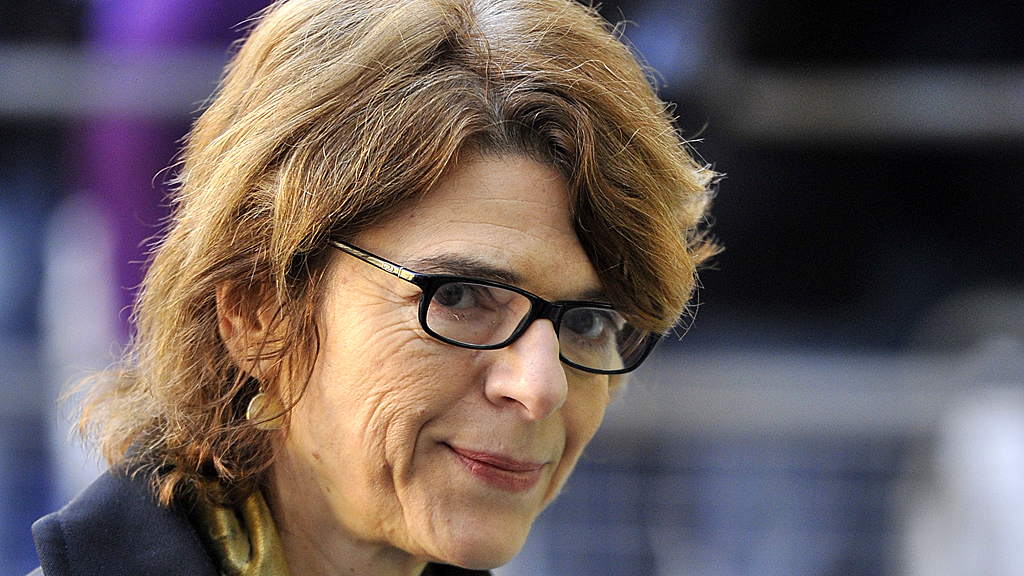“More than 50 per cent of women who enter jail have been physically, sexually, or emotionally abused. And those are statistics quoted by everybody.”
Vicky Pryce, BBC News, 14 October
The background
Vicky Pryce‘s ‘diary of a middle-class jailbird’ is being serialised in the Daily Mail, of course. “It’s not often that people like me go to jail,” she points out.
Sentenced to eight months in jail for accepting speeding points on behalf of her ex-husband Chris Huhne, she spent just four days at Holloway and two months in an open prison at East Sutton Park, a Grade II listed manor house.
During her 62 days, Ms Pryce penned her Daily Mail diary while taking the pulse of Britain’s prison service for a new book ‘Prisonomics’.
The results go on sale on Monday, with her book promising “compelling analysis of the cost to the economy, as well as the human cost, of keeping women in prison”.
It’s a worthy subject – the average cost of locking up a woman is £41,682 a year. Campaign groups like the Prison Reform Trust suggest women are disproportionately affected by jail terms – they are nearly twice as likely to suffer from depression as male prisoners, and 10 times more likely than men to self-harm in prison.
Yet Ms Pryce spent the morning not discussing facts like these, but instead arguing that most women in jail are there due to the men in their life – as she handed the media “statistics quoted by everybody”.
In the absence of the new, compelling “prisonomics”, FactCheck checks out her rehashed offering.
The analysis
Most women serve very short prison sentences. In 2012, almost 59 per cent of the 4,544 women entering prison were serving six months or less, according to the Ministry of Justice (MoJ).
The vast majority of these women – 81 per cent – committed non-violent offences. More than a third were sent down for theft or handling stolen goods.
An MoJ report in 2012, Prisoners’ childhood and family backgrounds, analysed the circumstances of 1,435 newly sentenced prisoners (in 2005 and 2006).
The report found that 53 per cent of women surveyed said they had experienced “emotional, physical or sexual abuse as a child“. For men the figure was 27 per cent.
These statistics are used by a slew of difference reports, as Ms Pryce says. However, the MoJ report clearly states that this abuse was experienced “as a child”.
The verdict
There’s no doubt that women with histories of violence and abuse are “over-represented” in the criminal system, as Baroness Corston concluded in her 2007 report.
Ms Pryce went further, however, quoting statistics which “everybody” agrees on – that more than half of women in jail have been physically, sexually or emotionally abused.
She was careful to avoid connecting her theory to her own case (her defence of “marital coercion” was dismissed by the court).
But she talked about women driving cars for their bank robber boyfriends, or stealing to feed their other-half’s drug habits.
“Clearly they knew what they were doing but it didn’t mean that they necessarily wanted to do what they did,” she said.
Yet the MoJ statistics she quotes actually show that 53 per cent of women experienced “emotional, physical or sexual abuse as a child“.
Not as an adult.
These statistics therefore do not measure the influence of husbands or boyfriends.
By Emma Thelwell





